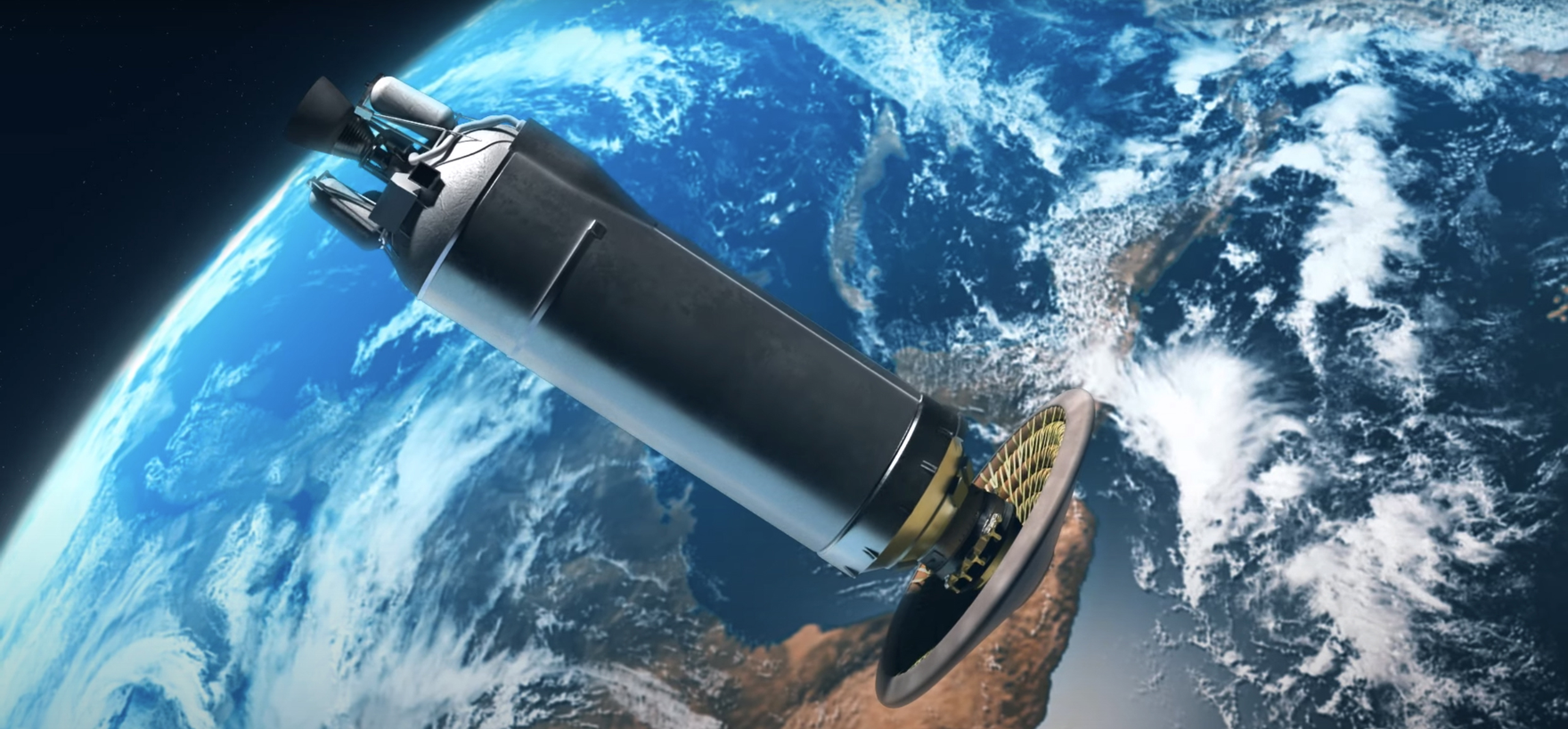On November 1, 2022, 154 nations that were gathered at the First Committee of the United Nations General Assembly voted in favour of a United States–led resolution to ban the testing of direct-ascent anti-satellite missiles. Direct-ascent anti-satellite weapons, along with co-orbital and ground station attack anti-satellite weapons, belong to a category of three kinetic physical anti-satellite weapons. Direct-ascent weapons carry out irreversible kinetic physical attacks via medium- or long-range missiles launched from Earth to damage or destroy a satellite in orbit.
The passing of this resolution is a positive development in international governance, at a time when good news is in short supply. But it raises many questions.
Why did the United States lead this resolution, especially when space dominance continues to be the goal of the US space program? Is the United States seeking a higher ethical pedestal by appearing to relinquish the testing of anti-satellite missiles? Or is this technology already growing obsolete, making it an ethical burden that is easy to shed? Are we to expect an evolution beyond kinetic physical anti-satellite weaponry, to non-kinetic tactics, such as cyberattacks on satellite systems? And what will the nations of the world do to solve the most pressing issue in space — the overcrowding of the Earth’s low orbit with satellites, which could lead to an orbital calamity? Let’s infer answers to these questions.
Leading the vote at the United Nations, the United States is doing the world no gallant favours by apparently giving up on anti-satellite missile tests. Having already tested direct-ascent and high-altitude nuclear anti-satellite weapons from the 1950s to 2008, the United States is likely satisfied with its fully mature technology. Although the testing of direct-ascent anti-satellite missiles has been given up, the use of them has not. The strong support for a testing freeze is therefore good news for Washington.
Why? Because the United States has launched the highest number of objects, nearly 7,200 from the total of 14,100 objects launched, mostly commercial (dual-use) and those operated by the US Department of Defense. Among these objects, the Earth-orbiting satellites offer the United States critical C4ISR — command, control, computers, communications, intelligence, surveillance and reconnaissance — infrastructure that is vital to its ability to project power worldwide, which is also the mandate of the US Space Force, established in 2019.
The deployment of Elon Musk’s SpaceX-operated Starlink satellites to provide internet connectivity in Ukraine following the February 24 Russian invasion provides an example of the advantage of space-based telecom connectivity.
A disadvantage is that the very same infrastructure can be a sitting duck, vulnerable to direct-ascent anti-satellite missile attacks and indirect collisions from space fragments created by such attacks.
The fewer tests, therefore, the safer low-Earth orbit will be for America’s critical communications infrastructure. As of 2021, the United States has the highest number of commercial satellites globally, and these satellites are vital for America’s space industries.
What will the nations of the world do to solve the most pressing issue in space — the overcrowding of the Earth’s low orbit with satellites, which could lead to an orbital calamity?
By leading the UN resolution, the United States is seeking to carve out moral high ground for itself, as a responsible operator in orbit. The massive global influence of the US commercial space sector, its hold on international finances and sheer heft, will help in that regard. Washington can be expected to seek to apply this “moral” leverage to dissuade other participants from catching up to it militarily and technologically.
The reality is that taking down satellites using direct-ascent projectiles is increasingly difficult, whether economically, industrially or legally. Canada pledged to denounce testing of such weapons in May 2022. New Zealand did so in July 2022; Japan and Germany, in September 2022; and the United Kingdom and South Korea, in October 2022.
However, these voluntary renunciations don’t prohibit testing of non-kinetic physical, electronic or cyber anti-satellite systems — that is, weapons that don’t use solid projectiles but directed physical energy (such as lasers or microwaves), electronic attacks (such as jamming or spoofing), or cyberattacks (to intercept or corrupt data or hack systems). These weapons systems are more difficult to attribute to a specific actor. Rather than turning satellites into space debris, they render them non-functional. It’s to be expected that all countries, whatever their stance on anti-satellite missile tests, will work to develop anti-satellite cyber capacity. These will be easier to build than projectile weapons. They also present a risk of faster proliferation, especially among non-state actors. The new resolution does not consider the proliferation of such weapons.
The prospect of a new generation of non-kinetic anti-satellite weapons raises a host of troubling questions. What happens if a cyber-hijacked satellite is made to deliberately collide with another satellite? In terms of legalities, what happens if two disabled satellites of the same cluster collide with each other? What happens if two satellites of different clusters but the same country of origin collide? What if the damaged, colliding satellites are from two other countries? Many countries, including the United States, will likely be happy to navigate in these uncharted grey zones of attributability and liability.
In short, the apparent move away from direct-ascent anti-satellite weapons is not what it seems. It was very likely made to secure the short-term objectives of the United States and its burgeoning space interests, both commercial and strategic. It certainly does not mark the dawn of a new era of international amity in orbit. On the contrary: the coming generation of space weapons could target space businesses and may become a facet of industrial and economic warfare. To forestall this, the United Nations must address the chronic and growing problem of satellite overcrowding in low-Earth orbit, which is potentially even more dangerous than anti-satellite weapons testing. Not all threats to constructive human activity in space can be attributed to overtly aggressive intentions. The larger problem is that simple orbital overpopulation can render inner space effectively useless to all, even if the anti-satellite weapons are entirely eliminated.



